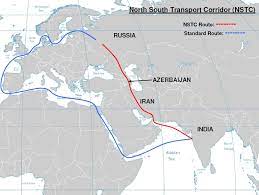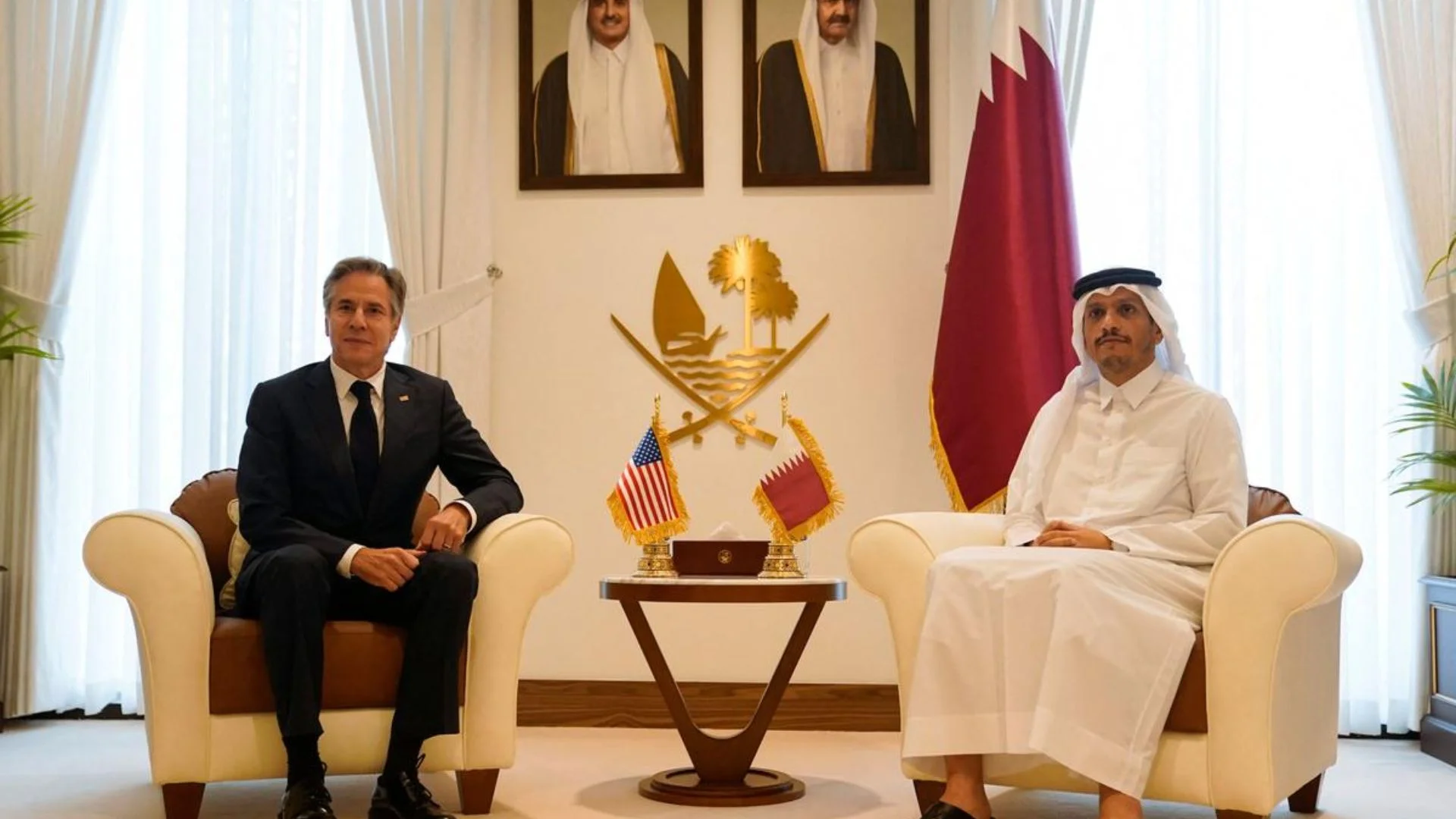As the war in Ukraine continues to draw more and more sanctions on Russia, the International North-South Trade Corridor (INSTC) is providing Moscow with a critical outlet to re-orient its export strategy around the trade in Central Asia.
Russia is searching for more options to compensate for the sanctions slapped on the country by Western nations, and it is mooting a re-alignment of its trade relationships. The Ukraine war is nearing its eighth month and there is no end in sight. Hence, it seems suitable for Russia to plan a new strategy for its trade exports. Moscow aims to expand its trade in the Central Asian region through the North-South Corridor. The INSTC corridor connects Asia with Europe and helps Asian nations by providing connectivity.
However, Bandar Abbas Port, which is a part of the International North-South Trade Corridor (INSTC) and has been handling the majority of Iran’s freight, is very congested due to its limited logistics capabilities. This port can receive only 100,000-ton cargo ships. Most international shipping is carried out via 250,000-ton ships.
To resolve this problem, the goods which are to be docked at Bandar Abbas Port do not go directly at the port. All goods are first docked in Dubai and transferred to smaller ships.All this hassle causes delays for Iran as well as a considerable loss of revenue to the UAE.
The capacity is better than Bandar Abbas port as Chabahar port is able to receive 250,000-ton cargo ships. The Chabahar Port has a current capacity of 2.5 million tons per annum and development is underway with a view to increasing the capacity to 12.5 million tons.
It also reduces transit times, courtesy of its geographical location. With this positive outlook of trading in the region becoming easier, Russia is now increasing efforts to establish deeper trading relations with India and Central Asia.























